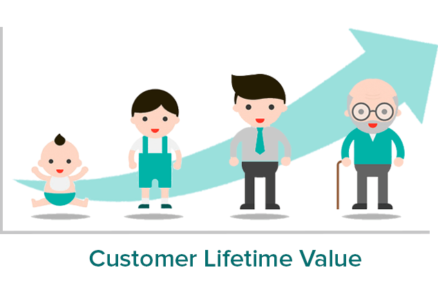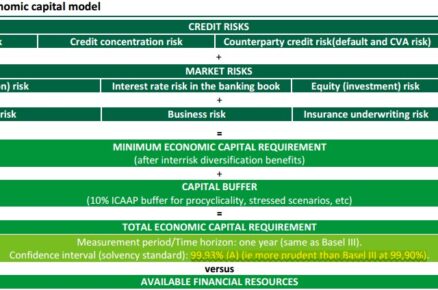What Discount Rate Should Be Used?
Choosing a Discount Rate for CLV
It would be difficult to argue for a discount rate of any less than 5%, as very few marketing environments are that stable and predictable in today’s world. A discount rate of 10% is commonly used, as it is generally around the return that firms make on their other investments.
In some organizations, it is known as a “hurdle” rate. This is the minimum level of return that a firm is willing to accept for its investment/expansions as this is what it would make if it reinvested in its own business.
To explain that point further, if a retailer was progressively expanding stores into new geographic areas which have the impact of generating a 10% return on these investments – then any investment opportunity (including investing to increase customer lifetime value) would need to be able to demonstrate a return in excess of 10% to make it worthwhile. Otherwise there is no financial incentive to change their successful strategy.
If the firm is in a very dynamic and uncertain marketing environment – perhaps in the Internet field or technology or is facing emerging competition – that even a higher discount rate of 15 to 20% right be appropriate, as it will reflect the uncertainty going forward.
If a firm normally uses the net present value financial metric to evaluate projects, investment choices and new products, then they will have an established discount rate that they regularly use.
Using Different Discount Rates
Should I use two different discount rates in the customer lifetime value calculation?
There is an argument that the majority of promotional costs are incurred before the organization receives the revenue from the customer. As an example, let’s consider a bank advertising home loans. They spend money on TV advertising in January and February, which generates new sales in March, with the majority of these loans being provided to consumers in May or June (due to the timing involved).
As you can see, the costs of acquiring a customer (or up-selling a customer) occur prior to the revenue being generated. This will typically occur in higher purchase involvement products – such as, motor vehicles, financial products, holidays and travel, major education, and so on. It usually will not occur to any significant extent for impulse low purchase involvement products – such as, candy bars, drinks, fast food, magazines, TV shows, movies, and so on.
While a highly sophisticated customer lifetime value calculation may build in the impact of this timing and apply slightly different discount rates, it is generally not appropriate for the majority of calculations. This is because it becomes another challenge to consider and then explain to management. And if certain numbers in the customer lifetime value calculation relying on assumptions, then the final CLV number will only be an estimate anyway – and the use of multiple discount rates may provide a false sense of accuracy, which really does not exist.
Further reading
For further information on the use of multiple discount rates in CLV calculations, please review this academic model that discusses several approaches formulating to customer lifetime value.





